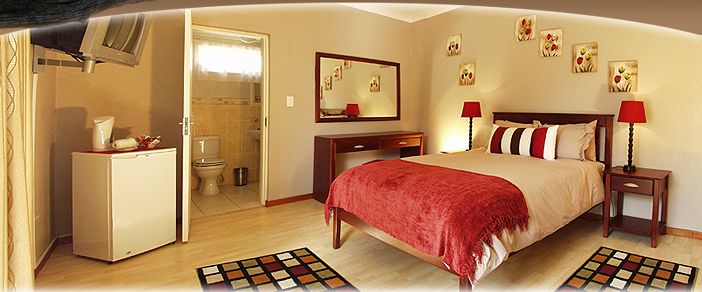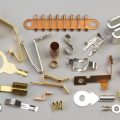Want to build muscle and reach your ideal weight sooner? The secret to getting fit faster is setting realistic goals. Check out these tips for setting the right goals to help you get fit and healthy.

Think Short Term and Long Term
When it comes to setting fitness goals, you must think in both the short term and long term. Set goals for the changes you hope to achieve in the next week, month, six months and year (or choose another timeline that makes sense for you).
Setting short-term and long-term goals helps you focus on changes that you can make immediately as well as changes that you should make over an extended timeframe to achieve lasting success. Substantial short-term goals to consider include removing unhealthy foods from your diet over the next week and month. Those short-term goals will then build upon each other to reform your long-term habits.
Plan Beyond the Gym
When it comes to getting fit faster, your goals must extend beyond what you hope to achieve in the gym. You must also set goals regarding your eating habits because any work you do in the gym won’t matter if your eating habits are unhealthy.
When setting goals for getting fit faster, think about how you can change your eating habits to pair with your fitness goals. For example, if one of your goals at the gym is to lift more weights to build more lean muscle mass, a good eating goal may be to consume more lean protein with each meal.
Reward Yourself
While you may be driven to achieve your goals, you’ll burn out quickly if you don’t indulge a little now and then. Reward yourself each time you achieve a short-term or long-term goal. Perhaps it’s eating that slice of chocolate cake you’ve been craving for a month. Maybe it’s buying a shirt in the new small size that you’ve been eyeing for two months. List rewards that you’ll earn for achieving each goal next to each objective in your journal. And then thoroughly enjoy those rewards when you earn them.
Be Realistic
According to Fitness Goal Setting, the key to achieving your fitness goals is setting realistic goals. If you set a goal of losing 40 pounds in one month, you’ll be setting yourself up for failure from the outset. Rather, make your goals more attainable to experience success. Of course, you still want to set goals that push you beyond your comfort zone.
Track Progress
To keep your goals on target, track your progress toward achieving them. Maintain a journal of the things you’re doing each day that are taking you toward your short-term and long-term goals. A few examples of effective ways to track your progress include keeping a food journal or using a fitness app to show the effort you’re exerting at the gym each day.
Get fit faster by setting achievable goals. Setting short-term and long-term goals for losing weight and eating healthier will help focus your mind and keep you on track. Set your goals today and stick to them to see results sooner.































No Comments
Leave a comment Cancel